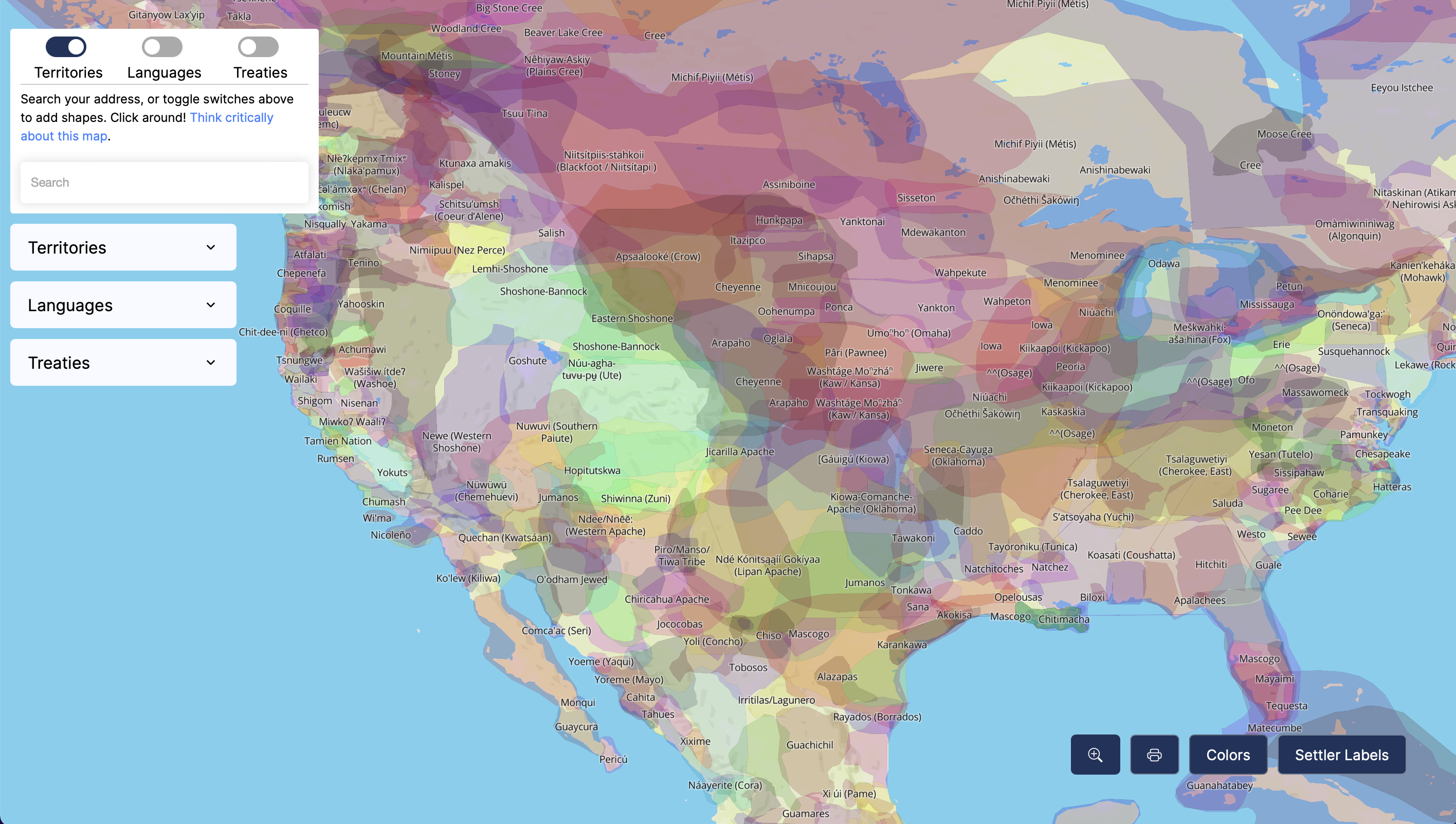Land Acknowledgement Guide
The National Conservation Training Center (NCTC) is located on the ancestral lands of many Indigenous Peoples. Due to the painful history of forceful removal, we could not find a full account of the Indigenous Peoples who occupied this land that was taken from them. We are aware that many Indigenous Peoples traversed, cherished, and lived on this land. They include, but are not limited to, the Massawomeck, the Haudenosaunee, the Shawnee, and the Delaware. As we learn more about the Indigenous Peoples who had and continue to have relationships with this land, we better appreciate the good earth on which we work, live, and learn. We encourage others to learn more about the land on which they work and reside. NCTC builds and sustains these relationships by highlighting Indigenous communities, collaborating with Tribal partners, offering Indigenous-based webinars, and sponsoring programs and activities for Indigenous youth.
What is a land acknowledgement?
The text above is a land acknowledgement developed by the U.S. Fish and Wildlife Service’s National Conservation Training Center. While land acknowledgements can take many forms, they are generally public statements, written or spoken, that name and honor the Indigenous people who have lived on, stewarded, and connected with a certain place, both in the past and in the present. Some acknowledgements simply name the Tribes who are or have been in relation with the land, while others go further to offer historical contexts, explain treaty rights, describe the effects of colonization, share contemporary Indigenous land connections, and more.
Why do a land acknowledgement?
The U.S. Fish and Wildlife Service manages over 560 refuges across the country. All of these special places serve a crucial role in conservation, but they also remain important to Tribes who have enduring ties to these landscapes. By acknowledging and supporting these deep connections—past, present, and future—we can take a step toward correcting a long-standing exclusion of Indigenous histories and cultural practices on our public lands. These statements invite people to not only learn about these connections, but also reflect upon their own relationship to the lands they visit and live upon.
How to create a land acknowledgement
There is no singular way to craft a land acknowledgement, and no template that can serve all needs. There are, however, several key things to consider that will help you create a statement that has real meaning behind it:
Build relationships. One of the best ways to inform the development of a land acknowledgement is to build authentic, lasting relationships with Tribal representatives to learn firsthand about their connections to place and how they would like to be acknowledged.
Conduct appropriate research. On a very basic level, you want to name the Tribe(s) connected to the land in your area. When doing this, it’s very important to learn proper pronunciation of both Tribes and any Indigenous place-names you choose to mention. You may also want to research treaties and significant events in Tribal history. You may even want to learn about ways in which people can support Tribes in your area.
Consider a broad timeline. All too often, Indigenous peoples are spoken about using the past tense. Sharing histories and treaty information, and explaining the significance of historical injustice is important, but so, too, is honoring the many ways that Indigenous people maintain deep connections to the land today, and uplifting their hopes for the future.
Reflect on your intentions. This is one of the most important steps—before you write a single word, take time to think about what you hope to achieve with a land acknowledgement. Rather than creating a script that is simply repeated as a routine part of events, you want to consider the meaning behind and possible impact of your statement. Land acknowledgements can inform, uplift, communicate respect, and even serve as a call to action—think about what you’d like the audience to take from yours.
Resources

